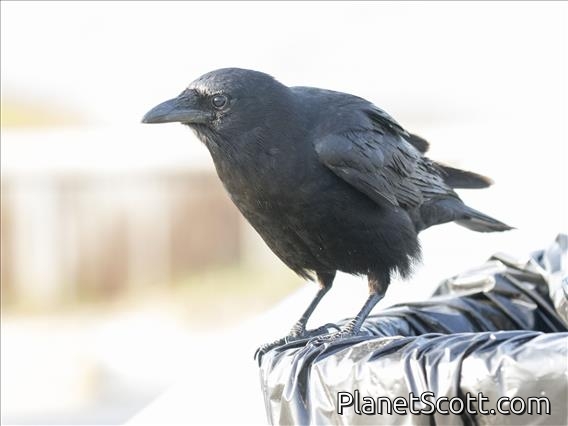Fish Crow (Corvus ossifragus)

Fish Crow (Corvus ossifragus)
×


Fish Crow (Corvus ossifragus)
About Fish Crow (Corvus ossifragus)
- Kingdom: Animals
- Phylum: Chordates
- Class: Birds
- Order: Perching Birds
- Family: Jays and Crows
The fish crow is a species of crow associated with wetland habitats in the eastern and southeastern United States.
Source: Wikipedia
Trips
No trip reports available.Visits
-
-
2010-06-21
Cape May Point State Park, United States of America -
2011-07-10
Santa Fe River, United States of America -
-
-
-
-
-
-



